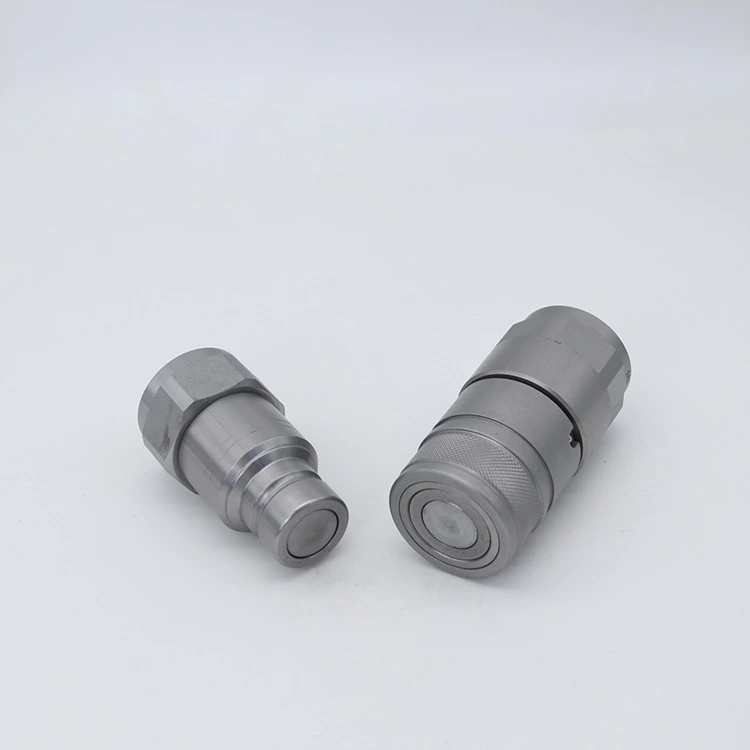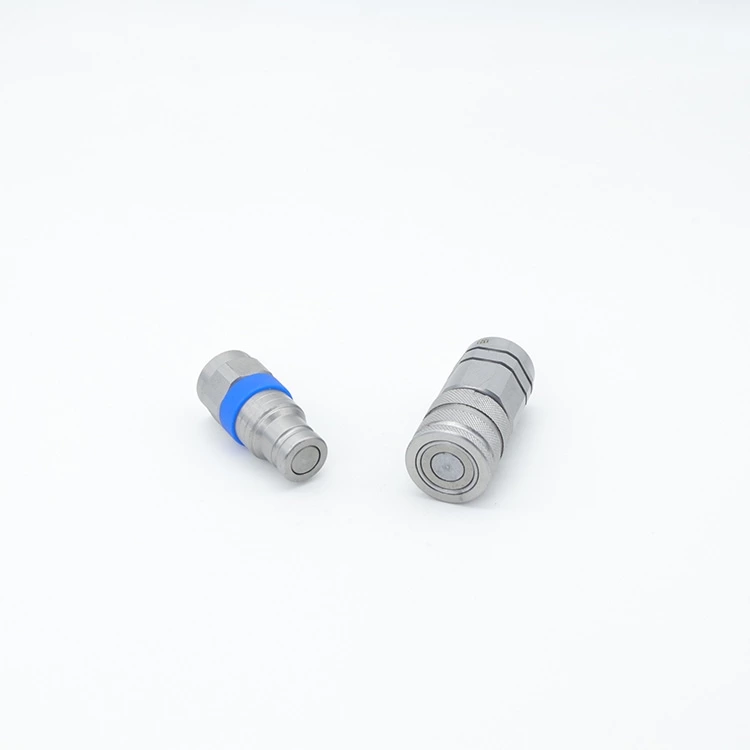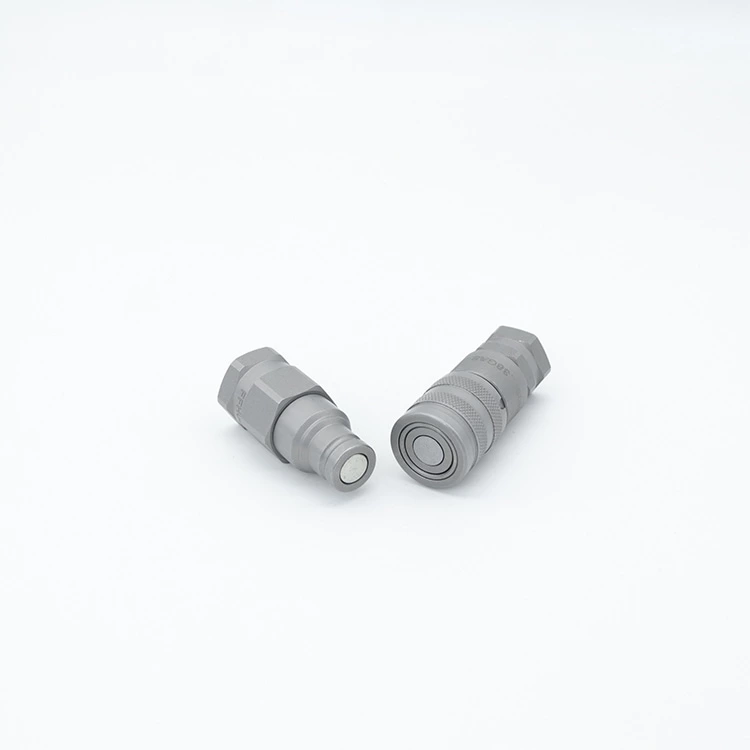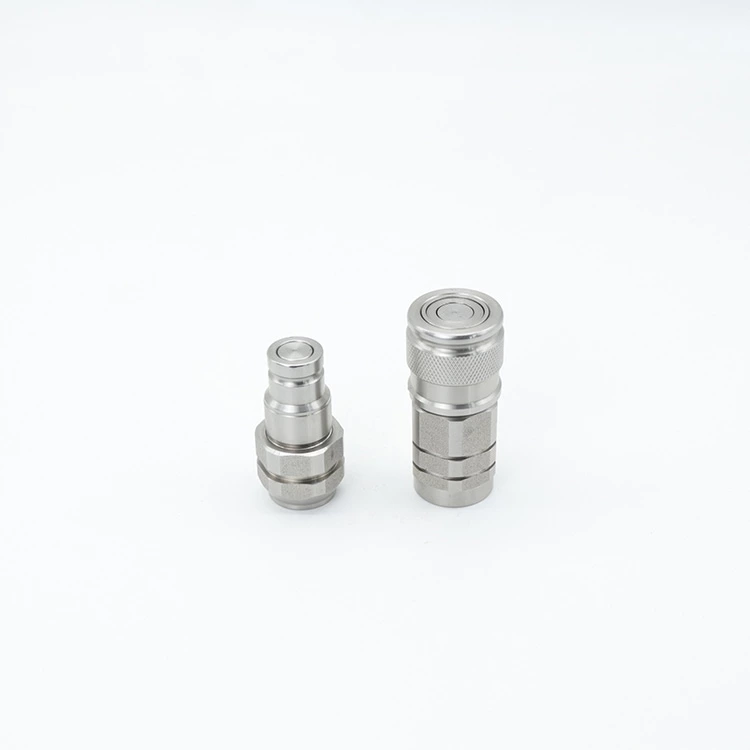Flat-Face Quick Coupler Maintenance
In modern hydraulic systems, flat-face quick couplers have become essential components thanks to their leak-resistant design, easy-to-clean structure, and outstanding pressure performance. However, even the best couplers may fail or leak without proper operation and maintenance.
1. Correct Installation and Operation
Keep it clean: Always remove dirt, oil, or debris from the coupler surfaces before connection to prevent contamination.
Avoid pressure connection: Never connect or disconnect the coupler under residual pressure, as it may damage the seals or cause hydraulic oil ejection.
Ensure proper locking: Push and tighten smoothly until the locking mechanism clicks into place.
Avoid external impact: Do not subject the coupler to impact, bending, or tension during use.
2. Routine Inspection and Maintenance
Seal inspection: Regularly check and replace O-rings or seals that show wear or aging.
Keep surfaces clean: Wipe the coupler after each use to prevent oil and dirt buildup.
Check for wear or corrosion: Replace any coupler showing scratches, deformation, or rust.
Anti-rust protection: Apply anti-corrosion oil when storing the coupler for long periods.
3. Common Issues and Solutions
Difficult to connect: Check for residual pressure or contamination and release pressure before reconnecting.
Leakage: Inspect seals for damage and make sure the mating surfaces are clean.
Hard to disconnect: Slightly rotate the coupler instead of forcing it to avoid internal damage.
4. Tips for Extending Service Life
Always use genuine or high-quality components.
Select couplers with anti-corrosion coating or special seals for harsh environments.
Conduct regular hydraulic pressure tests to ensure stable system performance.
Though small, flat-face quick couplers play a vital role in hydraulic system safety and reliability. Proper use and maintenance can significantly reduce leakage, downtime, and replacement costs—while extending the life of your equipment.
For more information about selection, maintenance, or custom solutions, please contact our technical team. We’re here to help you optimize your hydraulic systems for maximum performance and safety.





